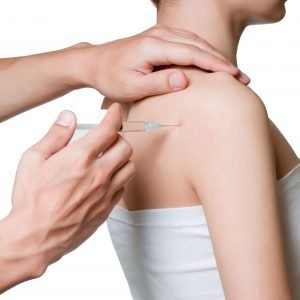Joint Preservation
 Joint preservation remains desired in orthopedics. Orthopedic Specialists use joint preservation to prevent further injury, preserve natural cartilage, and reduce joint inflammation. Doctors see joint preservation the desired outcome but many factors play into whether or not doctors can achieve joint preservation in a patient. Orthopedists aim for joint preservation over total joint replacements because surgeons need to replace implants after a certain amount of time. Depending on the activity level of the patient, implants wear out sooner in patients with high levels of physical activity.
Joint preservation remains desired in orthopedics. Orthopedic Specialists use joint preservation to prevent further injury, preserve natural cartilage, and reduce joint inflammation. Doctors see joint preservation the desired outcome but many factors play into whether or not doctors can achieve joint preservation in a patient. Orthopedists aim for joint preservation over total joint replacements because surgeons need to replace implants after a certain amount of time. Depending on the activity level of the patient, implants wear out sooner in patients with high levels of physical activity.
Determining candidates for Joint Preservation
The main factors in determining whether or not a doctor can achieve joint preservation include:
- Age of the patient
- Weight of the patient
- Severity of the joint damage
- Overall weight and physical condition of the patient
- The specific location of the affected joints
Methods for Joint Preservation
Many options for joint preservation exist today. Insurance may not cover all methods of joint preservation due to insurance deeming the procedures experimental. The most common method of joint preservation include:
- Steroid Injections: Steroid injections can manage or even treat inflammation and pain in aching muscles and joints. A conservative treatment, physicians often begin treatment with steroid injections before even considering an invasive procedure like a surgery. Orthopedists utilize steroid injections for many orthopedic ailments including muscle strains, osteoarthritis, and bursitis.
- Stem Cell Therapy: Orthopedists harvest stem cells from the body’s own tissues or occasionally donor tissue. Patients should always seek medical care from a provider specializing in Stem Cell Therapy due to the amount of individuals claiming to perform Stem Cell Therapy who do not know appropriate places to source the stem cells from. Once harvested from the bone marrow, the physician injects the stem cells into the area of injury. Studies have proven that stem cells can decrease inflammation and stimulate healing.
- Platelet rich plasma (PRP) injections: Doctors gather platelet rich plasma, or prp, from the blood of the patient. A centrifuge spins the blood until the plasma separates from the other cells. Platelets cause blood clots and
 healing. When injected into a injured area in concentrated amounts, PRP can accelerate the healing of injured tissue.
healing. When injected into a injured area in concentrated amounts, PRP can accelerate the healing of injured tissue. - Cartilage transplant: Cartilage transplant or restoration surgeries allow physicians to postpone or avoid total joint replacement surgeries. For example, the OATS or the MACI procedure.
- Partial Joint replacement: Specialists consider a partial joint replacement a method of joint preservation due to preserving at least half of the natural joint.
To view a list of all insurances that AOA Orthopedic Specialists accept, click HERE. To schedule an appointment online, click HERE.

